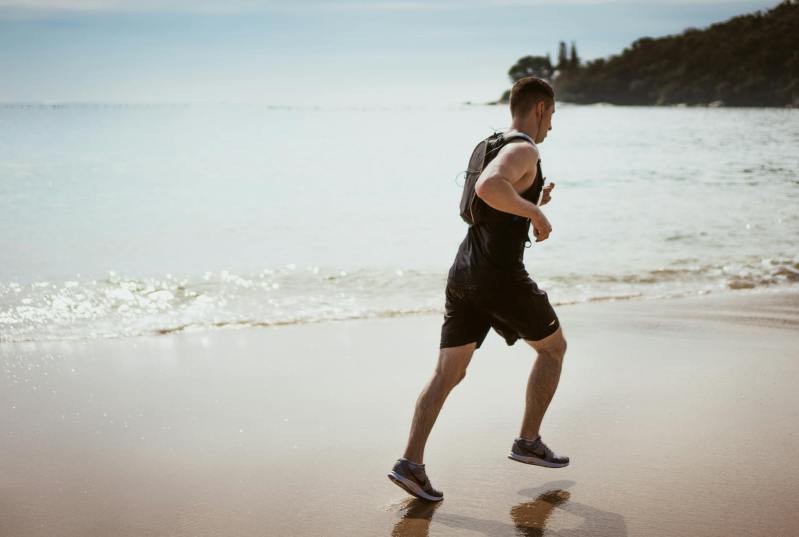We hear about plenty of different supplements, diets, workout plans, and more that are supposed to help with losing body fat. Many of these claims we take with a grain of salt. Research shows us that exercise contributes to weight loss and body fat loss and improves body fat composition. Regular exercise is undoubtedly part of the weight loss picture, but how exactly does it impact body fat and fat storage? Could exercise promote healthier fat in your body? Let’s look at the new research and what we can learn from it.
The study

In a study recently published in the Journal of Nature Metabolism, researchers set out to explore how exercise impacts fat tissue by comparing fat tissue under the skin of people with obesity. The study involved two groups of 16 people. Group one reported exercising at least four times a week for at least two years, and group two didn’t exercise frequently.
The results

The researchers concluded that frequent exercise clearly impacts fat cells in the body. Group one, who had reported exercising frequently for at least two years, had fat cells that showed increased fat storage and better protein composition with fewer inflammatory cells.
Not all fat cells are the same

Exercise can improve the fat tissue under the skin, so the fat cells have a greater capacity if you do gain weight. What this means is that more fat will be stored there instead of in dangerous places like your liver or heart. This is just another way that regular exercise is protective for your heart and other organs. Excess fat building up in your heart and liver impairs how these organs function. Fat tissue is associated with metabolic health and lifestyle changes.
The takeaway

This study reveals that exercise could help you store fat better, promote a healthier type of fat, and help you lose body fat. Fat tissue is an important reservoir of additional energy, and exercising more frequently improves your metabolism and fat storage. The reasons to get our muscles moving just keep on coming.




